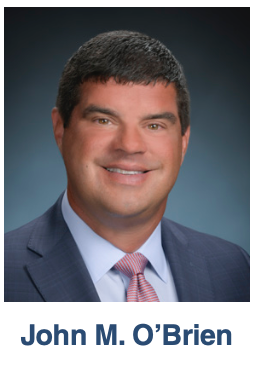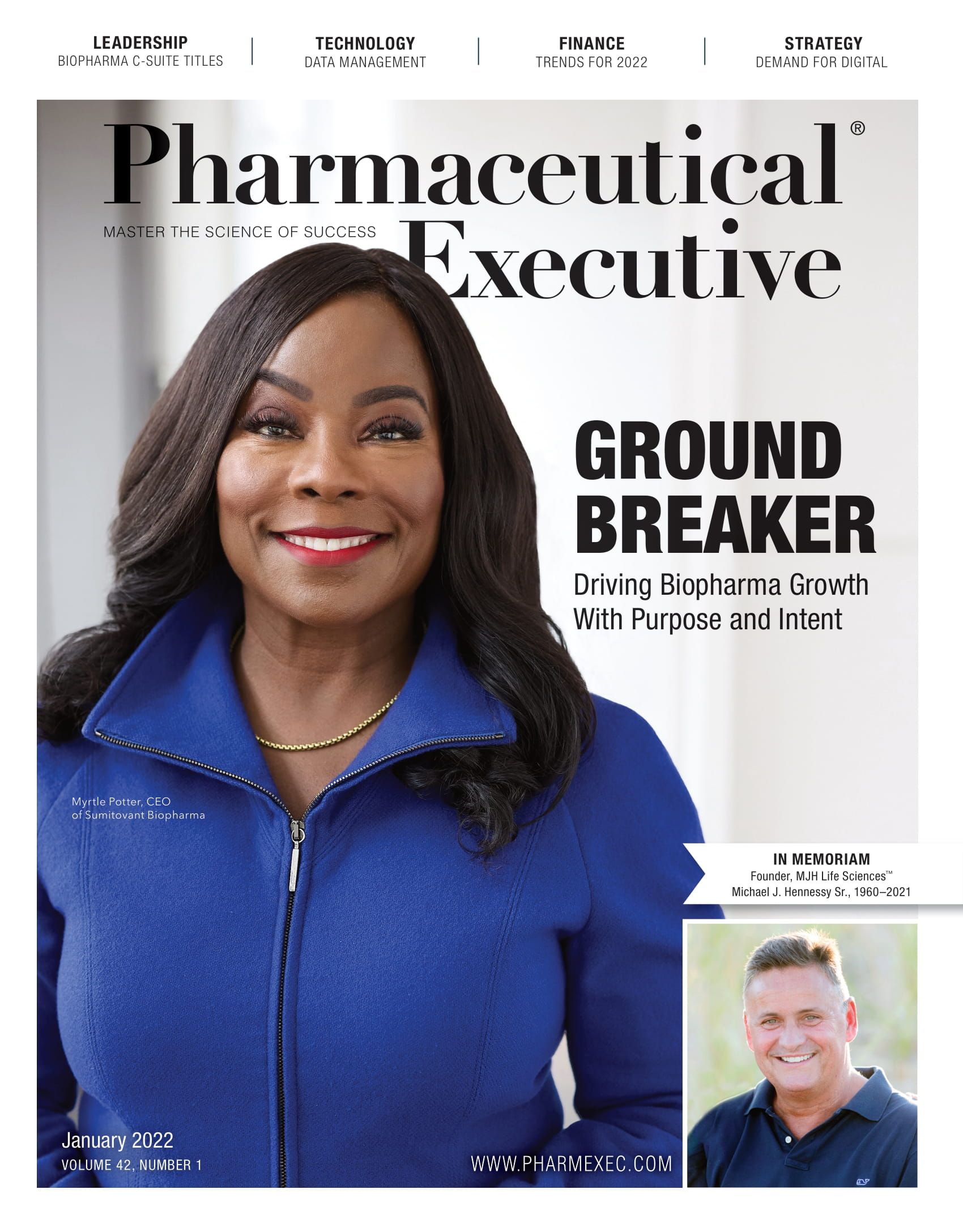Addressing Access Burdens
Employer-sponsored health plans create an increasingly cloudy path to access.
According to the US Census Bureau, Current Population Survey (2019 and 2021 Annual Social and Economic Supplement), approximately 61.6% of eligible insured adults between 18 and 64 received coverage from an employer-based healthcare plan in 2021.1 Specifically, in regard to prescription drug benefits, KFF found that among employers with 500 or more employees in 2021, 18% have programs that exclude subsidies from prescription drug manufacturers, such as coupons, from counting toward an enrollee’s deductible or out-of-pocket limit. Among these same employers, 13% made a change to their prescription program in the last two years to delay the inclusion of new high-cost drug therapies until the therapy is proven effective.2
How can pharma manufacturers communicate to employers the disservice they are creating through their health plan choices for their employees? And ultimately, to themselves?

It’s not that simple, says industry veteran John M. O’Brien, president and CEO of the National Pharmaceutical Council (NPC) a health policy research organization. “Pharma companies need to understand there are different places within companies where benefits conversations happen,” he explains. “It does start with education, but the goals of the people making drug benefits decisions may be different than the goals of the senior vice president of human resources or the CFO.”
But how the decisions are made is where the trail gets tricky. And it’s only been made trickier in the past three years since Pharm Exec last delved into this topic.3 “Most of the employers are dealing with brokers who often have a financial relationship with a PBM or health plan, and different people at drug companies may have responsibility for those relationships,” says O’Brien. Employers, employees, government agencies, and manufacturers all seek transparency, he adds, and yet the black box has become more opaque.
Further, notes O’Brien, more third-party entities are pitching new approaches to employers, brokers, and insurers. “It makes sense that entrepreneurs are seeking to disrupt $350 billion in drug spend, but not all of the business models are as good for patients as they are the vendor.”
To better understand these challenges, the NPC conducts research and publishes peer-reviewed studies as well as white papers on topics such as patient-centered formulary and benefit design,4 and many other areas that concern pharma and the need for innovation and good evidence in science. Their research in the employee/patient area centers squarely on the effect of the choices employers are making, which can—intentionally or unintentionally—negatively impact their own employees.5 And while the discussions traditionally occurred in the form of healthcare coalitions, where pharma and health plans have had many helpful employer discussions, O’Brien notes the situation is not getting better and manufacturers are now reaching out directly to employers themselves.
O’Brien listed the increasing barriers for employees to receiving the right therapies for them, all centered on individual costs and access: aggressive tiered formularies with high patient cost sharing, a blurring of the line between medical and pharmacy benefit, increased employee share of premiums, higher deductibles, copay accumulators and maximizers. The list is becoming more unmanageable, as well as difficult for even employers to understand the schedule of benefits. “It’s just like closing on a house,” explains O’Brien. “They just sign off on all of the pages.”
O’Brien, whose background prior to the NPC includes a robust mix of academia, industry, and government positions—including serving as senior advisor to the Secretary of HHS and deputy assistant secretary of planning and evaluation; senior policy positions in the life sciences and managed care industries, including at CareFirst BlueCross BlueShield; and academic appointments, including senior fellow at the USC-Schaeffer Center for Health Policy and Economics and clinical assistant professor at the Rutgers Pharmaceutical Industry Fellowship program—notes that no one is fully apprised of the nuances of an employee benefit plan or its explanation of benefits—including himself. He explains recently reviewing the schedule of benefits for a close friend and his wife and seeing no red flags buried in the paperwork. Three months later, after the wife was stabilized on her specialty rheumatoid drug through a patient access program, she was provided a bill from the plan that she had maxed out her copay in an accumulator plan. “She had to forego taking the drug. It’s the worst thing to be on a drug and stable, and then have to interrupt that therapy,” says O’Brien. “As a pharmacist, it really pains me when patients can’t get their medications. And, I say this as a person taking care of two parents and navigating benefits…it’s something I personally care about.”
Against all of this, employers are inadvertently creating a lose-lose situation for their bottom line, as they experience productivity loss and absenteeism due to employees’ time off to attend to the medical results of prescription instability (their own or their loved ones) and employee dissatisfaction with their employer because of their own increased payments into the healthcare plan.
“Drugs can keep patients out of the hospital and out of acute care. Medicines make an employer spend less on the total medical cost of an employee. Employers are erecting barriers that are, in my mind, pennywise and pound foolish,” concludes O’Brien.
Lisa Henderson is Pharm Exec’s Editor-in-Chief. She can be reached at lhenderson@mjhlifesciences.com.
References
- https://www.census.gov/content/dam/Census/library/publications/2021/demo/p60-274.pdf
- https://files.kff.org/attachment/Summary-of-Findings-Employer-Health-Benefits-2021.pdf
- https://www.pharmexec.com/view/market-access-employers-barriers-value
- https://www.npcnow.org/building-better-benefits
- https://www.npcnow.org/resources/employer-resource-guide

Cell and Gene Therapy Check-in 2024
January 18th 2024Fran Gregory, VP of Emerging Therapies, Cardinal Health discusses her career, how both CAR-T therapies and personalization have been gaining momentum and what kind of progress we expect to see from them, some of the biggest hurdles facing their section of the industry, the importance of patient advocacy and so much more.
Applying Porter’s Five Forces to Portfolio Management in Pharmaceutical R&D: A Strategic Roadmap
March 17th 2025The increasing costs and complexity of R&D in the pharmaceutical industry have necessitated the adoption of strategic portfolio management to optimize resource allocation and enhance competitive advantage.